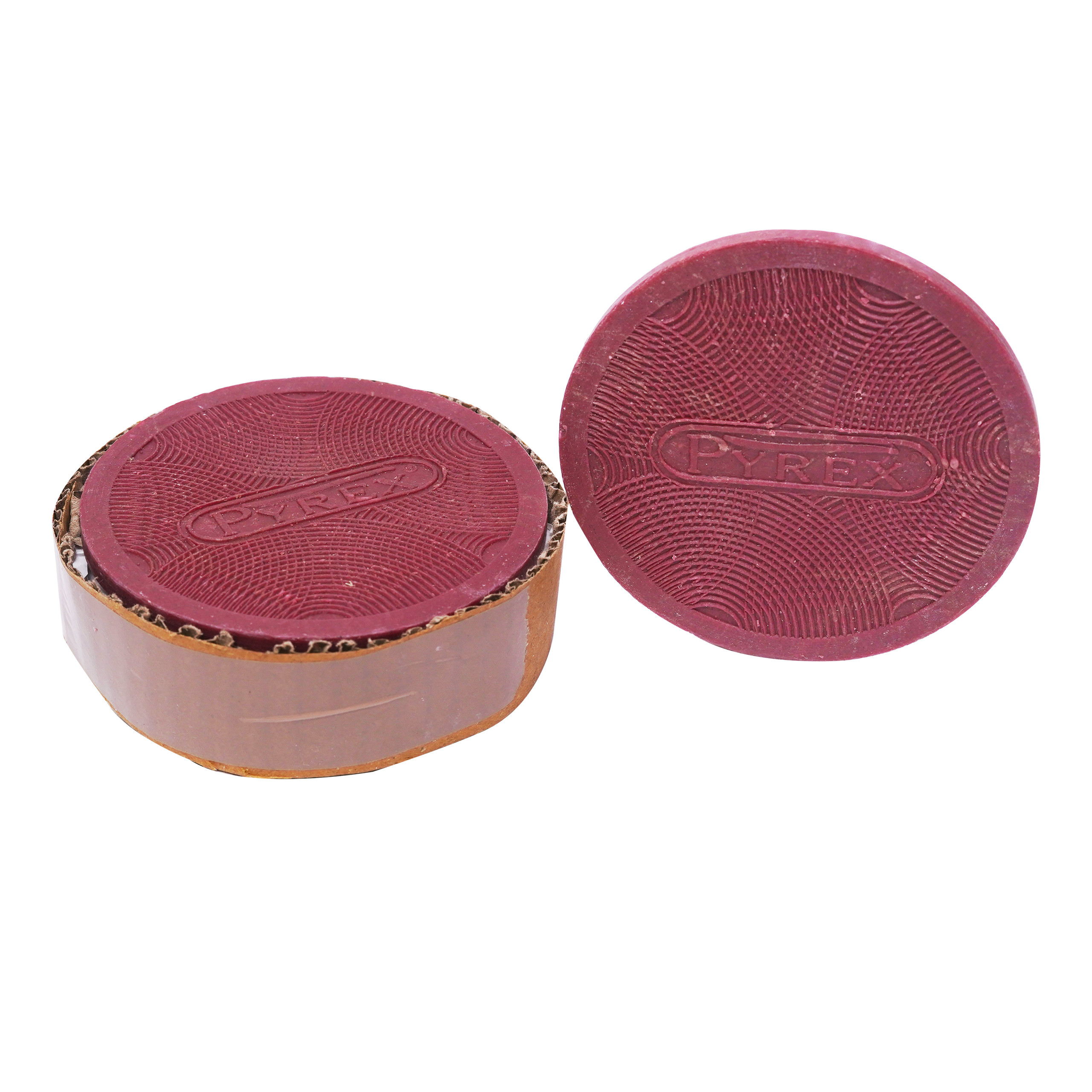 Introduction
Introduction
Impression compound is a dental material used for recording impressions of oral tissues in various clinical procedures.
How are the impression compounds classified/ Types of impression compounds used in dentistry
It is classified into two main categories based on its fusing temperature: low fusing and high fusing.
-
Low Fusing Impression Compound:
- Low fusing impression compound is typically available in the form of sheets or cakes. These sheets are used primarily for recording primary impressions for complete dentures.
- In addition, low fusing compound sticks are employed for creating a peripheral seal on special trays and for single-tooth secondary impressions, especially for inlays with a copper band matrix on teeth.
- This type of compound has a lower fusing temperature, which allows it to soften at a lower heat level.

-
High Fusing Impression Compound:
- High fusing impression compound is presented in sheets and is mainly used to fabricate special trays and base plates for jaw registration.
- It has a higher fusing temperature compared to low fusing compound, requiring more heat to soften and mold.
It’s important to note:
- Movement of the impression in the mouth before reaching the fusion temperature can result in distortion.
- Due to its low thermal conductivity, the material requires an extended time for complete softening and cooling.
Manipulation of Impression Compound
- To manipulate impression compound sticks for creating a border moulding of special trays, the material is warmed over a flame and applied to the tray borders.
- The heated material is then conditioned in a warm water bath and placed in the mouth.
- Once in the mouth, the operator manipulates the tissues to record sulcus shape, depth, and other specific morphologic structures.
Applications of Impression Compound
Impression compound has various applications in dentistry, including:
- Preliminary Impression in Complete Denture Work:
- Impression compound is commonly used to create preliminary impressions for complete dentures. These initial impressions provide an overview of the patient’s oral anatomy, helping in the fabrication of custom dentures.
- Peripheral Seal of Special Trays:
- Impression compound is used to create a peripheral seal on special trays before recording a secondary impression. This seal ensures that the impression material is properly contained within the tray and accurately captures the dental arch.
- Jaw Registration:
- In some cases, impression compound is utilized for jaw registration, where it helps in recording the relationship between the upper and lower jaws. This information is crucial for the fabrication of dental prostheses and orthodontic appliances.
- Special Tray Fabrication (Seldom Used):
- While less common, impression compound can be used in the fabrication of special trays. Special trays are customized trays designed to hold impression material in specific areas of the mouth, allowing for accurate impressions of individual teeth or dental arches.
